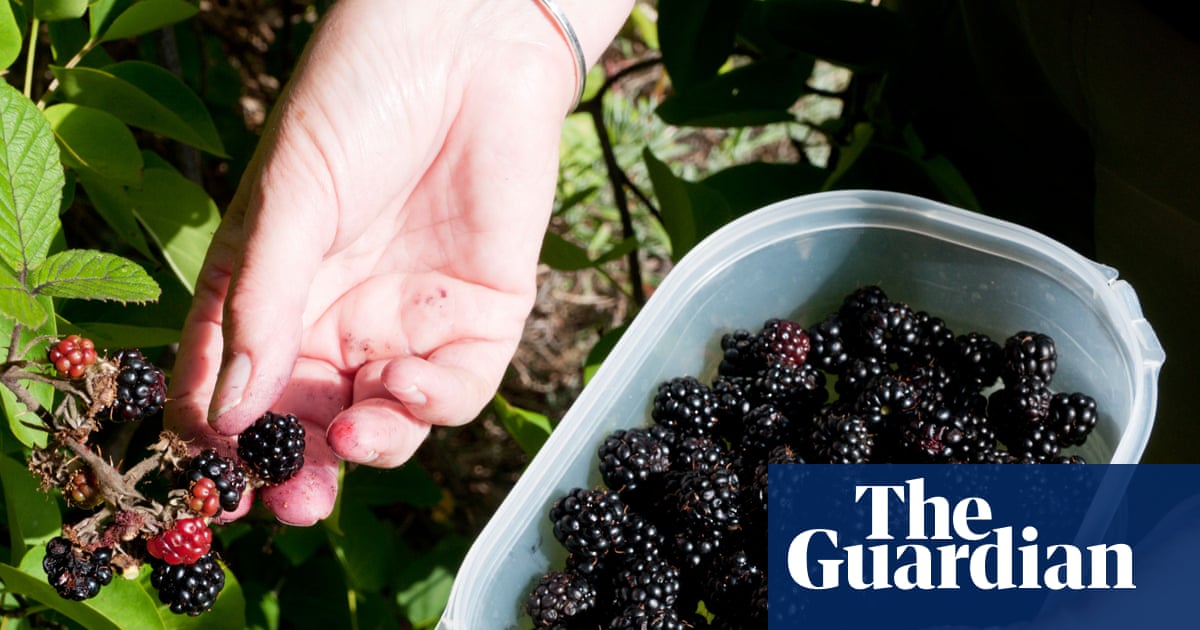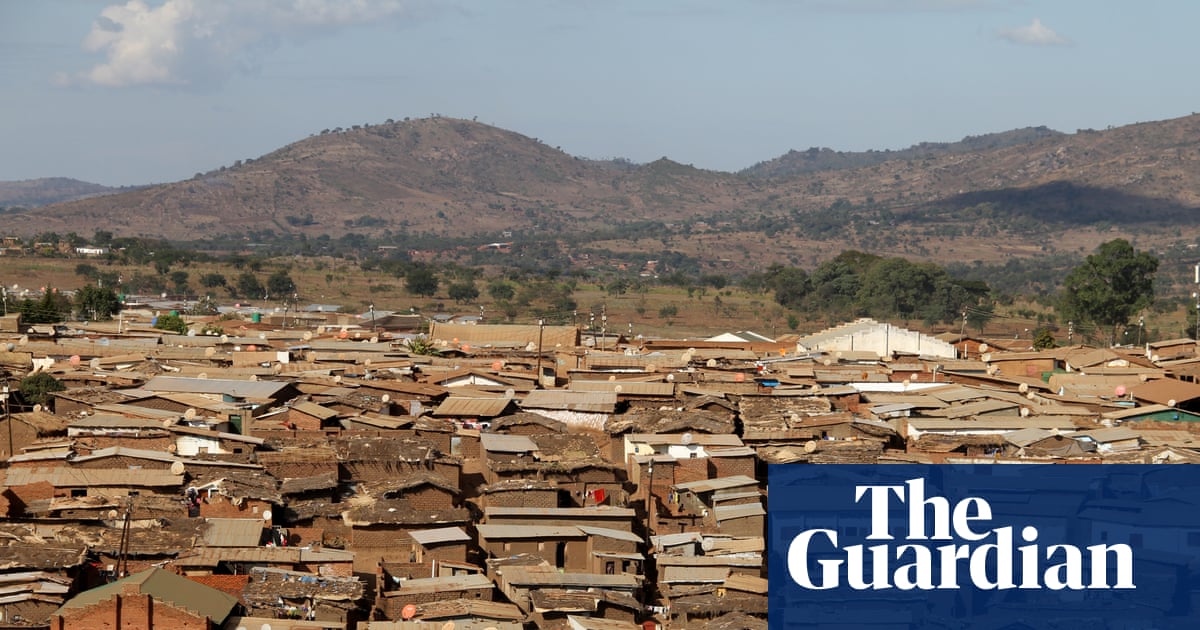While tidying the freezer the other week, I found yet another reminder of my (late) friend and teacher Carla Tomasi in the form of a Tupperware box a bit larger than a matchbox. Unlike the rest of the unmarked boxes with identical sky-blue lids and opaque sides, I knew exactly what this was: a mix of parsley, garlic and lemon zest (otherwise known as gremolata or gremolada) made last June to go with braised chicken, but not finished, so the leftovers were put in the freezer. I exchanged messages with Carla all the time and, knowing how much she loved freezer-talk, I consulted her as to how long she thought the mix would keep in there. She gave two replies: an official one of three to six months, and an unofficial one of a year, which must have sunk into my unconscious like a preset alarm because, almost a year later (and 10 months since she passed away), I find myself in front of my chaotic freezer, holding a tub of finely minced things and thinking, “There you are!” and, “Thanks, Carla!”
Gremolata is a typically Milanese mix, and the name means to reduce into grains. And that is precisely what you do to a clove of garlic, a handful of parsley and the zest of a large unwaxed lemon in order to make a fine and fragrant rubble, which can be made by hand or in a food processor. While gremolata is closely associated and served with braised osso buco and risotto alla Milanese, it is a fantastically versatile addition to all kinds of other dishes. Even though it can be used raw, the best of gremolata is brought out by heat, which wakes up the garlic (and softens its pungency, too) and the natural oils in the lemon zest. Also in my freezer were some peeled prawns; not a year old, but nearing freezer burn.
It is still asparagus time, so the addition of a few spears cut into strips are an option here. However, new season courgettes, especially pale or striped varieties with dense, creamy flesh, work particularly well with prawns and gremolata. While the strips of courgette don’t have to be as slim as strings of pasta, they should be of similar proportions, so they mix well with the spaghetti (if you have one, a wired puntarelle cutter or electric spiraliser would be helpful here, otherwise just stick to a good sharp knife).
As ever, the pasta cooking water that clings to the strings of spaghetti (which are also full of starch) is a helpful ingredient, because it combines with the oil to give the sauce a creamy consistency and brings everything together. I find two forked or wooden spoons are the best tools to toss thoroughly, or simply jolt the pan – remember, you are waking up the garlic, parsley and lemon zest, too, so the tossing should be energetic. Make sure the prawns and courgettes are evenly distributed, then serve with more olive oil on top.
Spaghetti with prawns, courgettes and gremolata
Serves 4
600g courgettes
1 small garlic clove, peeled
Handful flat-leaf parsley
Finely grated zest of 1 large unwaxed lemon
Salt
1 onion, peeled and finely diced
4-6 tbsp olive oil, plus extra for serving
300–400g small peeled prawns (cooked or uncooked)
400-500g spaghetti
Top and tail the courgettes, then cut them into long, thin strips. Prepare the gremolata by very finely mincing the garlic with the parsley, then mix in the lemon zest.
Bring a large pan of water to a boil for the pasta. Working in a large frying pan, fry the onion and a pinch of salt in the olive oil until the onion starts to soften. Add the courgettes and fry until both are soft and floppy.
Meanwhile, salt the boiling water, drop in the spaghetti, then set a timer. Keep a close eye on the timings; a minute before the pasta is ready to come out, add the prawns and gremolada to the courgettes (if the prawns are cooked, they will need just seconds; if they are raw, they will need a minute or so).
Lift the spaghetti directly into the courgette pan with a little of its cooking water clinging to the strands, then toss thoroughly. Serve with little more olive oil on top.

.png) 3 months ago
48
3 months ago
48

















































